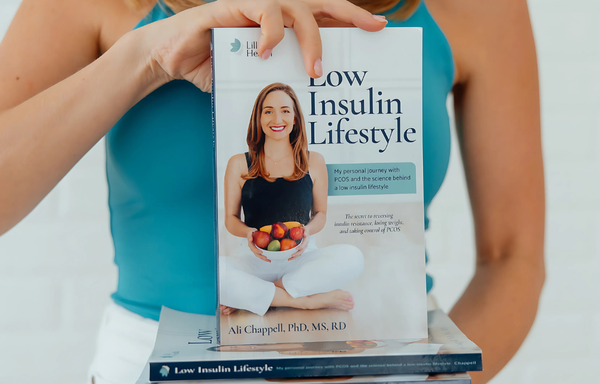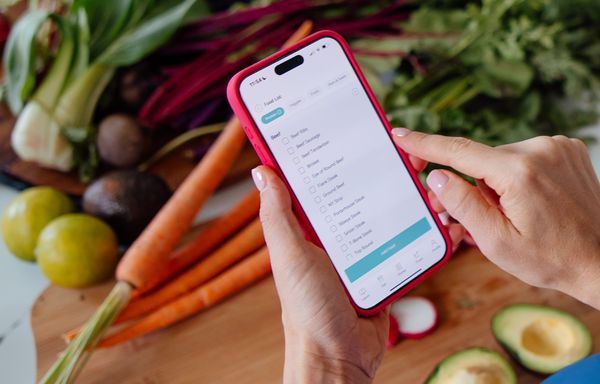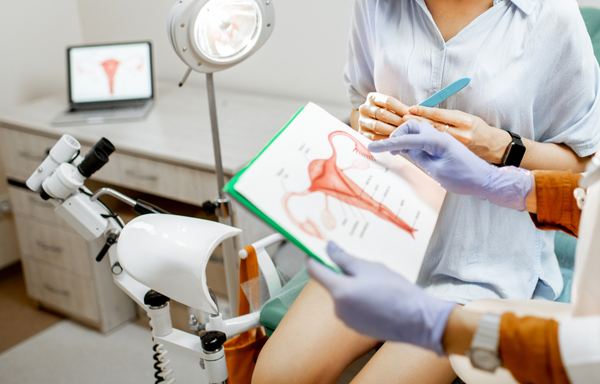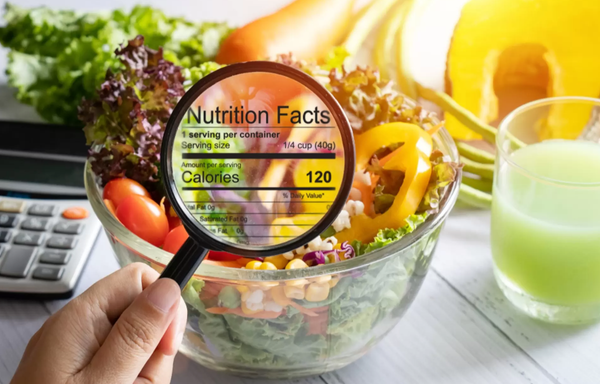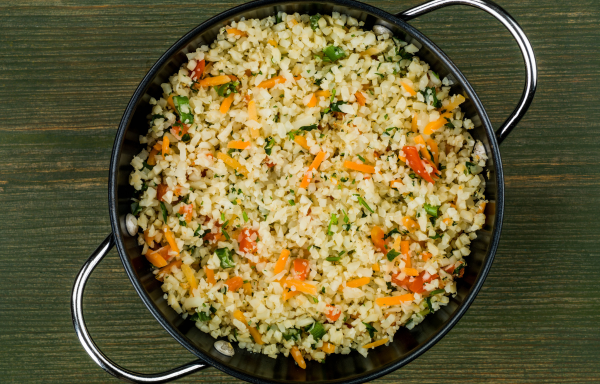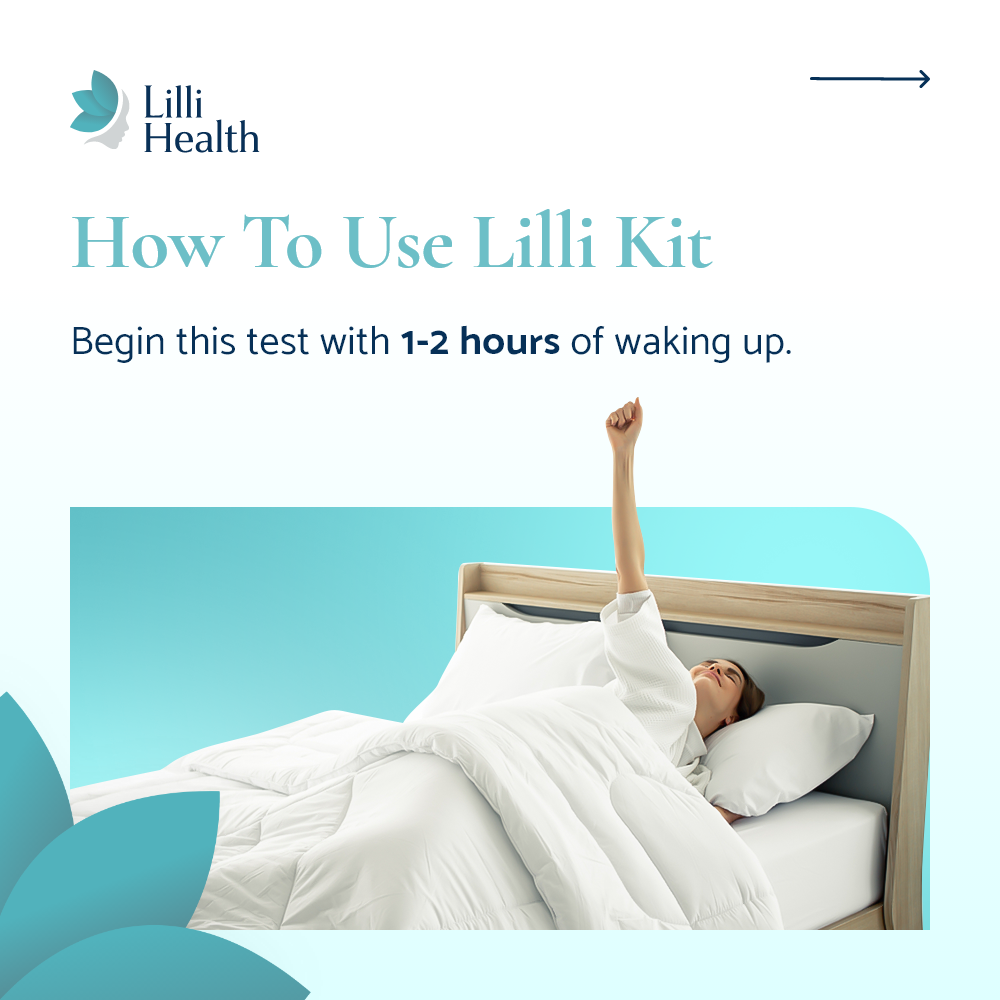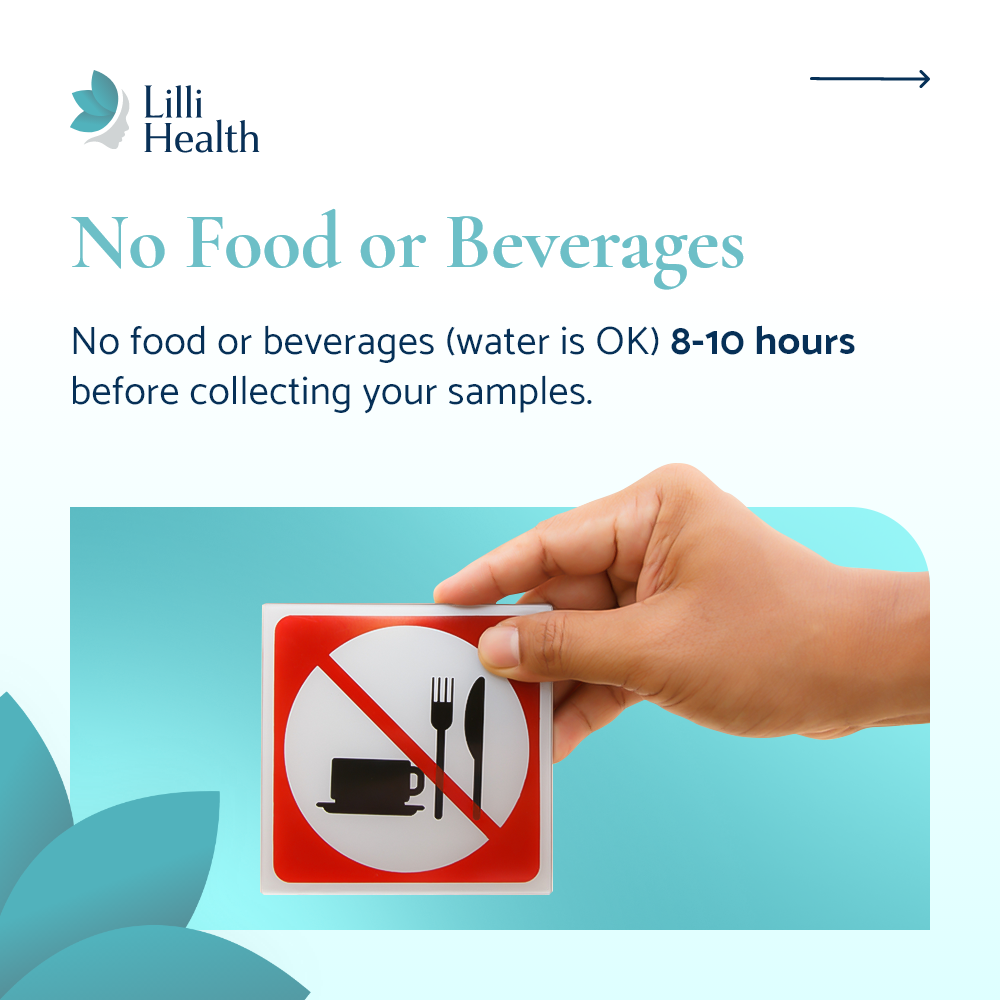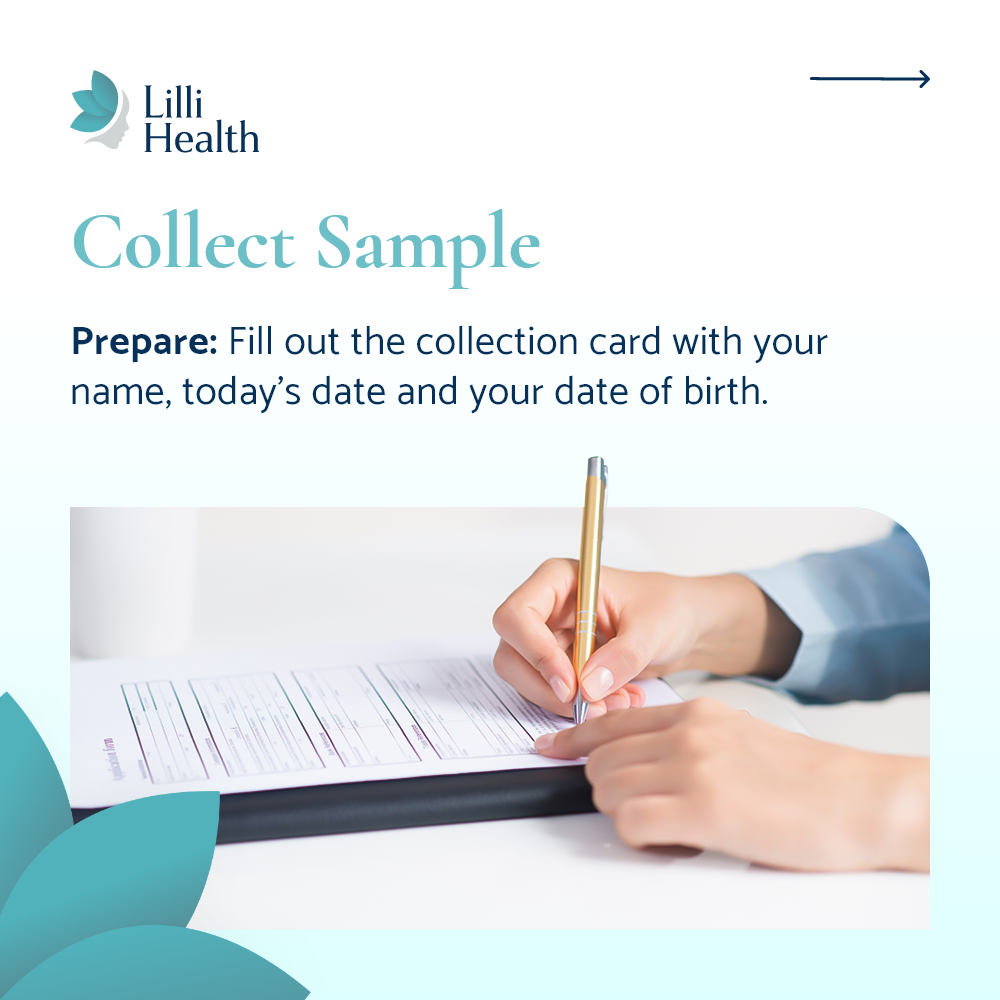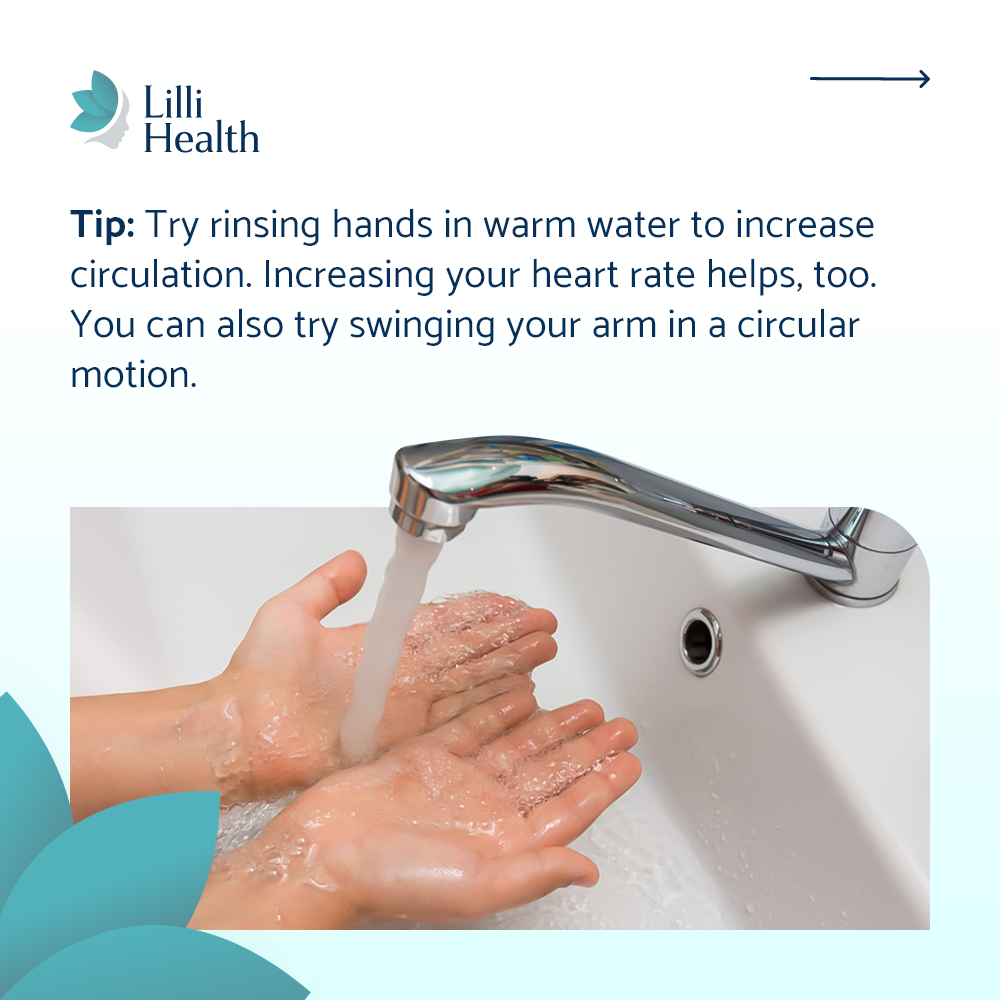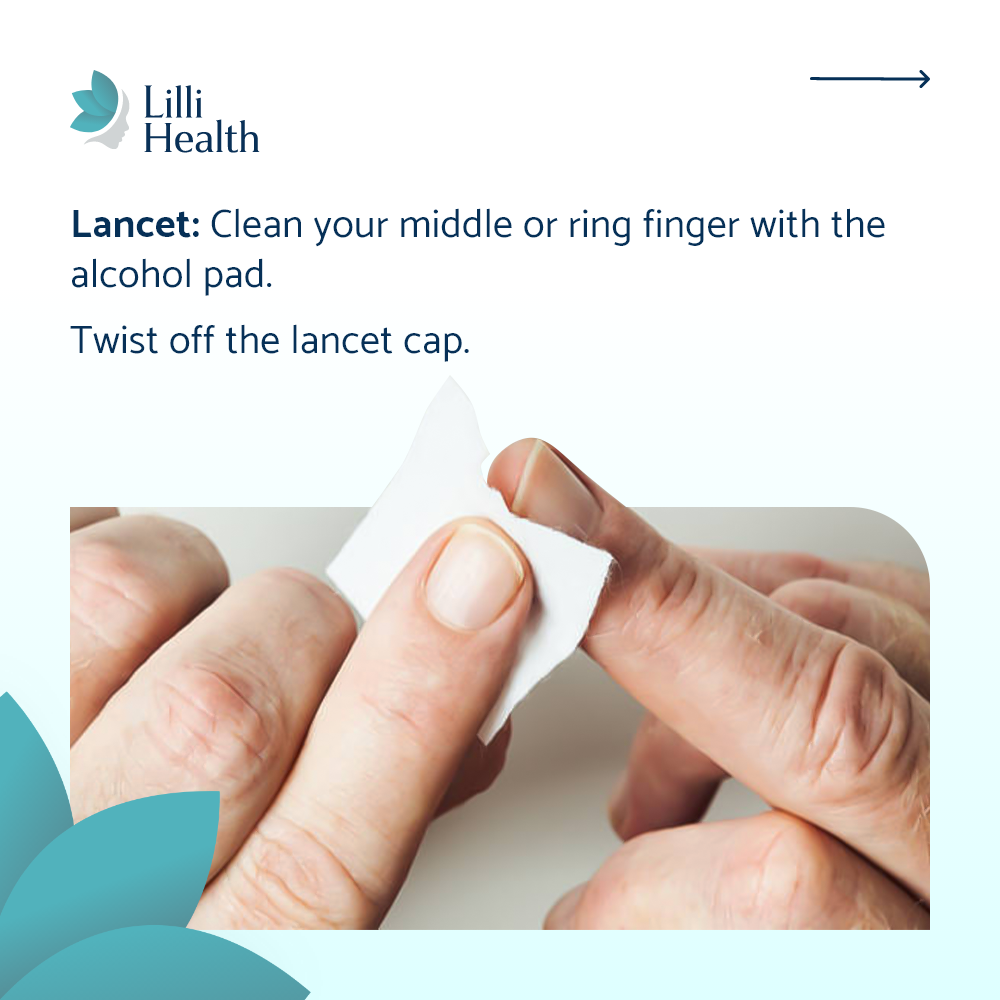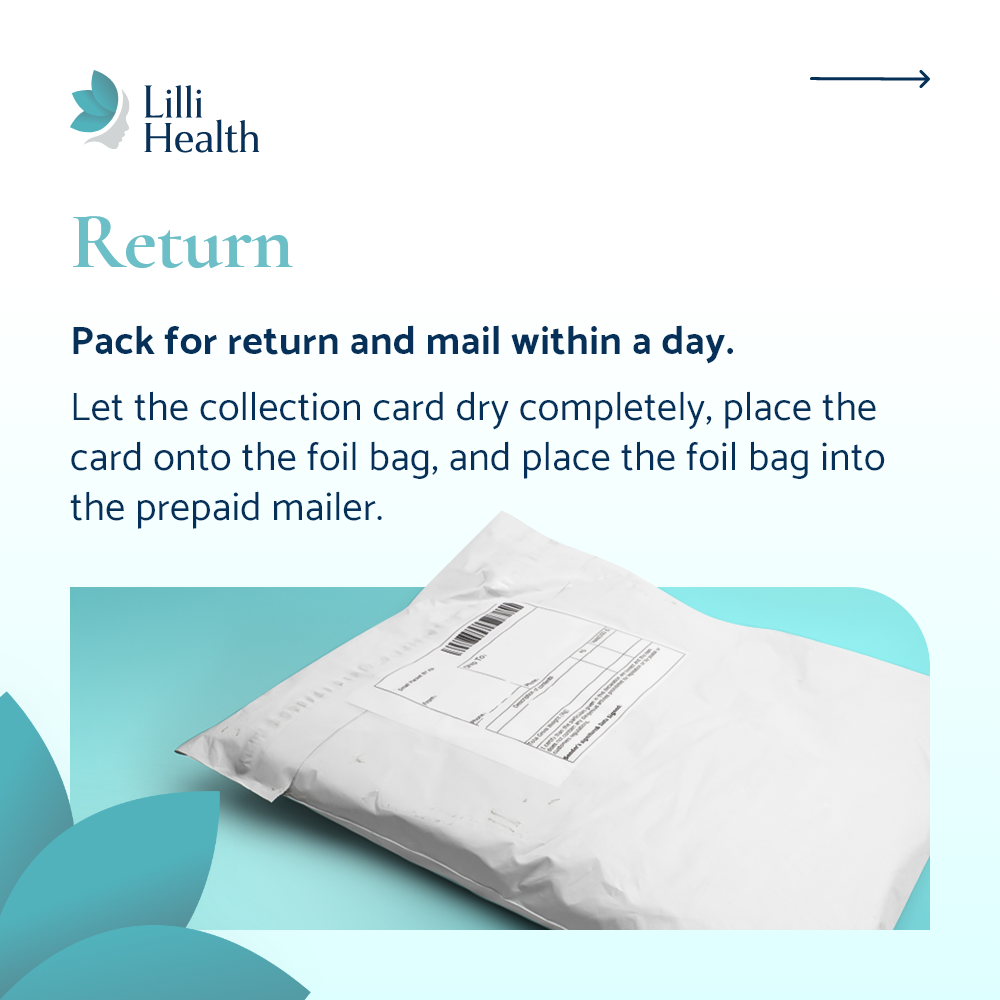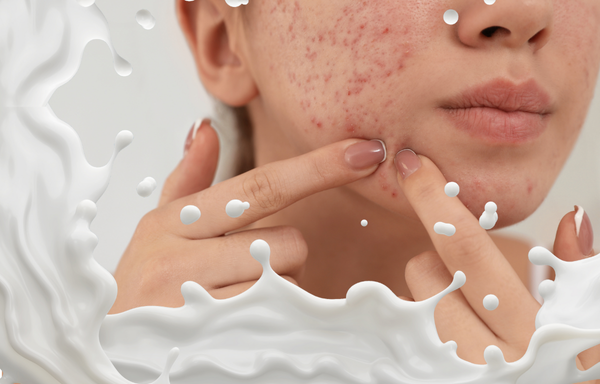

Dairy and Your Skin: What You Need to Know
If you’re struggling with acne, unwanted facial hair, or frustrating skin conditions like melasma, eczema, or psoriasis, you’re not alone—and you’re definitely not crazy. You’ve probably tried creams, facials, special diets, or even prescriptions. But the real issue might not be on your skin—it might be in your metabolism.
Let’s talk about something most people overlook: dairy.
It’s Not Just About Lactose
When people think of dairy problems, they often think of lactose intolerance. But the connection between dairy and your skin goes way deeper.
The problem isn’t the lactose. It’s the hormones and proteins inside the milk that are naturally designed to help a baby grow—fast.
Milk contains:
- Insulin and insulin-like growth factor-1 (IGF-1)
- Whey and casein proteins, which stimulate insulin release
These hormones and proteins are powerful growth promoters. That’s great for a newborn. But for adults—especially those with insulin resistance or PCOS—they can contribute to hormonal chaos and make skin issues worse.
How Dairy Affects Your Skin
Here’s what’s really going on behind the scenes:
1. Dairy Raises Insulin
Even without sugar, milk spikes insulin levels. That’s because whey protein, in particular, stimulates a strong insulin response—even stronger than white bread
2. Dairy Contains Growth Hormones
IGF-1 naturally exists in milk. It’s there to help baby animals grow, but in adults, it stimulates skin cells, oil glands, and even hair follicles. This is a major reason why acne and unwanted hair growth (hirsutism) are linked to dairy intake.
3. Insulin Triggers Oil and Hair Production
High insulin increases both sebaceous gland activity (which leads to oily skin and acne) and androgen production (which can trigger hair growth on the face, chin, and chest in women with PCOS).
More insulin = more androgens = more breakouts and more unwanted hair.
Acne and Hirsutism: What’s the Link?
If you’re dealing with breakouts that won’t quit or stubborn facial hair, the real culprit might be insulin resistance—and dairy could be making it worse.
- Insulin stimulates the sebaceous glands to produce more oil, clogging pores and causing inflammation that leads to acne.
- Insulin also tells your ovaries and adrenal glands to make more androgens, like testosterone. These excess androgens act on your hair follicles, especially on the face, chest, and belly, causing hirsutism.
And while everyone’s body is different, many people with PCOS or insulin resistance notice major improvements in both acne and facial hair when they reduce or remove dairy from their diet, including myself! I struggled with acne most of my teenage years and was on Accutane twice. Nothing worked until I largely cut dairy and focused on lowering insulin levels. I still eat cheese and the occasional Greek yogurt, but I haven’t had non-fermented dairy (ie., milk, cottage cheese, whey protein, etc) in over 15 years.
Not All Dairy Is Created Equal
Let’s break it down.
- Milk and whey protein are the most insulin-spiking forms of dairy and should be avoided altogether—especially if you’re struggling with skin issues, PCOS, or insulin resistance.
- Flavored yogurts are loaded with added sugar and dairy proteins—making them a double whammy. Oh and the low-fat ones aren’t better. In fact, they’re often worse because removing the fat just means you’re left with a more concentrated dose of insulin-spiking dairy proteins.
- Non-fermented dairy products like cottage cheese, ricotta, and cream cheese might seem harmless, but they still contain the same problematic proteins and hormones—and haven’t been broken down through fermentation.
- Sour cream, cream, and butter are primarily dairy fats. They don’t spike insulin like milk or yogurt, but they should still be enjoyed in moderation. A little splash of cream in your coffee or a pat of butter on your veggies is fine—but don’t go overboard.
- Fermented dairy, like full-fat Greek yogurt and aged cheeses, may be tolerated better in small amounts because the fermentation process helps break down some of the branched-chain amino acids that stimulate insulin. But even these should be limited to no more than one serving per day total.
And no…it doesn’t matter if it’s organic, lactose-free, raw, goat, sheep, A2, or even “blessed-by-the-mountains.” At the end of the day, milk is designed to grow a baby. The issue isn’t the lactose—it’s the insulin, IGF-1, and milk proteins that impact your hormones and show up on your skin.
So Should You Give Up Dairy?
That’s up to you—but if your skin is struggling, your hormones are off, or you’re dealing with facial hair and breakouts, cutting back on dairy is a great place to start.
You don’t need dairy to have strong bones or clear skin. And you certainly don’t need three servings of it per day. That old recommendation? It was built more on economics than actual nutrition.
The Bottom Line
Your skin reflects what’s happening inside your body. And if insulin is high, your skin often tells the story.
You can try every skincare product on the market—but until you get your insulin levels down, the root cause of your skin issues will still be there. That’s why following a Low Insulin Lifestyle can be so powerful. It helps lower insulin naturally and brings your hormones (and skin) back into balance.
If you’re tired of treating the symptoms, maybe it’s time to go deeper—and give your skin the real support it needs.
References
Aghasi M, et al. Dairy intake and acne development: A meta-analysis of observational studies. Clin Nutr. 2019. Read more
Melnik BC. Evidence for acne-promoting effects of milk and other insulinotropic dairy products. Nestle Nutr Workshop Ser Pediatr Program. 2011. Read more
Meixiong J, et al. Diet and acne: A systematic review. JAAD Int. 2022. Read more
Juhl CR, et al. Dairy Intake and Acne Vulgaris: A Systematic Review and Meta-Analysis of 78,529 Children, Adolescents, and Young Adults. Nutrients. 2018. Read more
